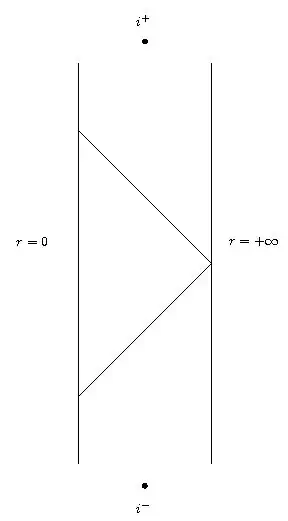I understand why in anti-de Sitter (AdS) spacetime, null geodesics can reach spatial infinity in finite coordinate time, while timelike geodesics cannot reach spatial infinity at all, not even in infinite coordinate time (in the sense that any timelike geodesic's radius is bounded). But what about accelerated (i.e. non-geodesic) timelike trajectories? Can they reach spatial infinity in finite coordinate time? Finite proper time? In not, can they come arbitrarily close, unlike timelike geodesics?
Intuitively, it seems to me that the case of accelerated timelike trajectories is intermediate between the case of timelike geodesics and the case of null geodesics, because an accelerated timelike trajectory can "escape from the origin better than" any timelike geodesic by accelerating against the AdS gravitational attraction, but it can't "escape from the origin as well as" a null geodesic because it can never hit the speed of light. My intuition is that an accelerated timelike trajectory could reach spatial infinity, but only in both infinite proper time and infinite coordinate time.
But I'm not confident that I'm correct, because I don't have good intuition for the boundary behavior of AdS space. The fact that all timelike geodesics are bounded away from spatial infinity suggests to me that it's "harder" to reach spatial infinity in AdS space than in Minkowski space. But on the other hand, the fact that null geodesics can reach spatial infinity in finite coordinate time suggests that it's "easier" to reach spatial infinity in AdS space than in Minkowski space. Clearly these intuitions conflict with each other.
